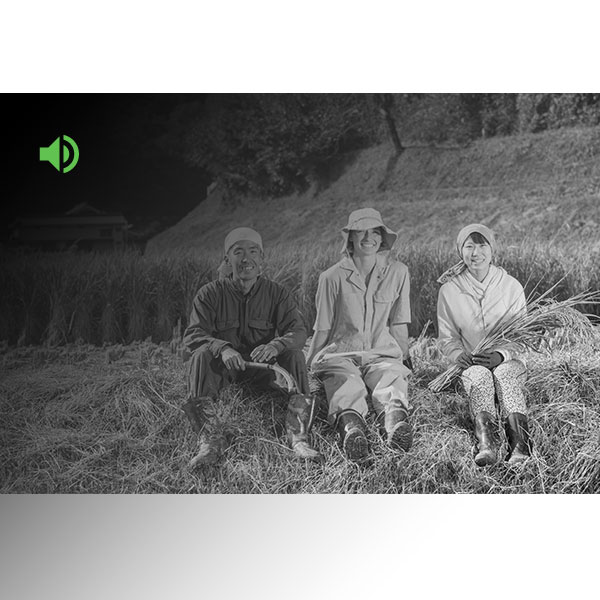International Day of Peace is on the horizon, but global peace couldn’t feel more out of reach. As The Economist reported in April, “[Since 2011] a new wave of wars has begun and battle deaths have risen, bucking a long trend towards greater global peace.” Additionally, the Global Peace Index indicates a steady decline in world peace since 2008.
In light of declining world peace, what hope is there?
New research from the Wellbeing for Planet Earth (WPE) Foundation in collaboration with Gallup suggests people can feel at peace, even if the world around them is not. The majority of people around the world (61%) say they often or always feel inner peace during difficult times.
These results reflect Gallup and the WPE Foundation’s latest efforts to create a new set of more inclusive, globally accepted metrics to measure often-neglected dimensions of wellbeing -- including the “harmonic principles” of it. Besides asking people worldwide about inner peace and life contentment, our studies through the Global Wellbeing Initiative explore people’s experiences of balance and harmony.
Globally, and in every world region, more people say they feel harmony -- either with others or with their thoughts and feelings -- than balance in their lives. Most people (80%) always or often feel in harmony with others around them, and 70% always or often feel in harmony with their own thoughts and feelings.
Although still a majority, far fewer -- 59% -- say they always or often feel various aspects of their lives are in balance. Nearly as many (57%) find that the amount of things happening in their lives is right.
Harmony and Balance Positively Linked to Global Development
While harmony and balance metrics aren’t strongly related to the Global Peace Index's measures, they are positively related to globally recognized benchmarks like the United Nations’ Human Development Index (HDI).
The HDI provides an objective measure of a country’s progress in improving the quality of people’s lives, encompassing their health and education. It underscores that “people and their capabilities should be the ultimate criteria for assessing the development of a country, not economic growth alone.”
Interestingly, people’s feelings of balance are more positively and strongly associated with the HDI than harmony is. But there are outliers. People in Yemen and Mali, for instance, report relatively high levels of harmony and balance, on average, despite their countries’ low HDI rankings. Conversely, Lithuania, which has a relatively high HDI score, has lower levels of balance and harmony.
The findings for Yemen and Mali are especially intriguing because heightened internal harmony might epitomize human resilience, suggesting that, amid external chaos, these populations find peace within.
Along with the strong relationship with the HDI, there is a strong relationship with the Social Progress Index that is further explored in the full report.
Peace Is About More Than GDP
If the decline in world peace and the global rise of unhappiness demonstrate anything, it’s that leaders who don’t pay attention to all aspects of people’s wellbeing do so at their own peril. While scholarly research on wellbeing is expanding, most policymakers still narrowly focus on economic metrics in conversations about societal progress.
World leaders should consider novel and inclusive subjective wellbeing measures to better understand the lives of the people they lead -- if they want to give peace a chance.




